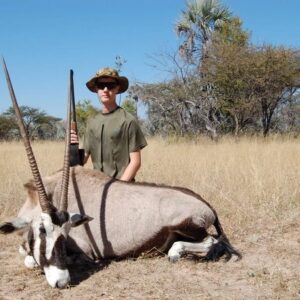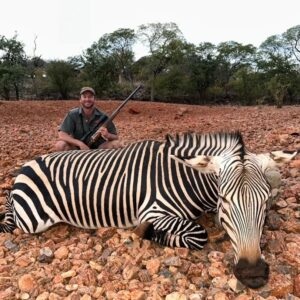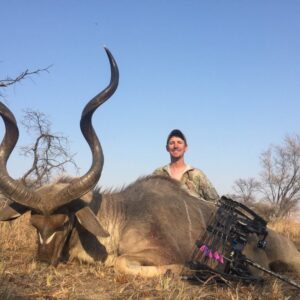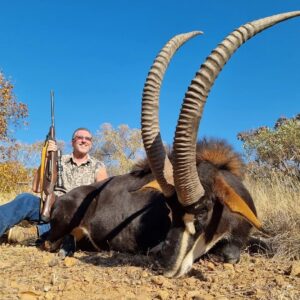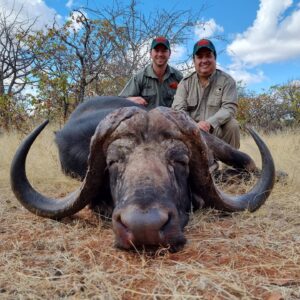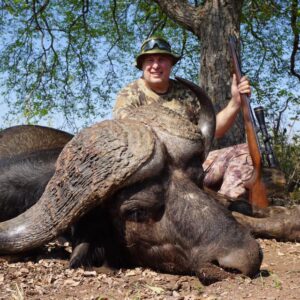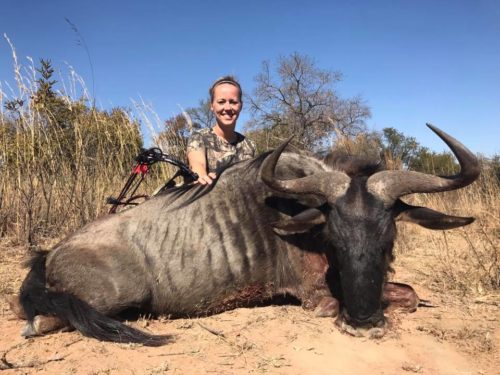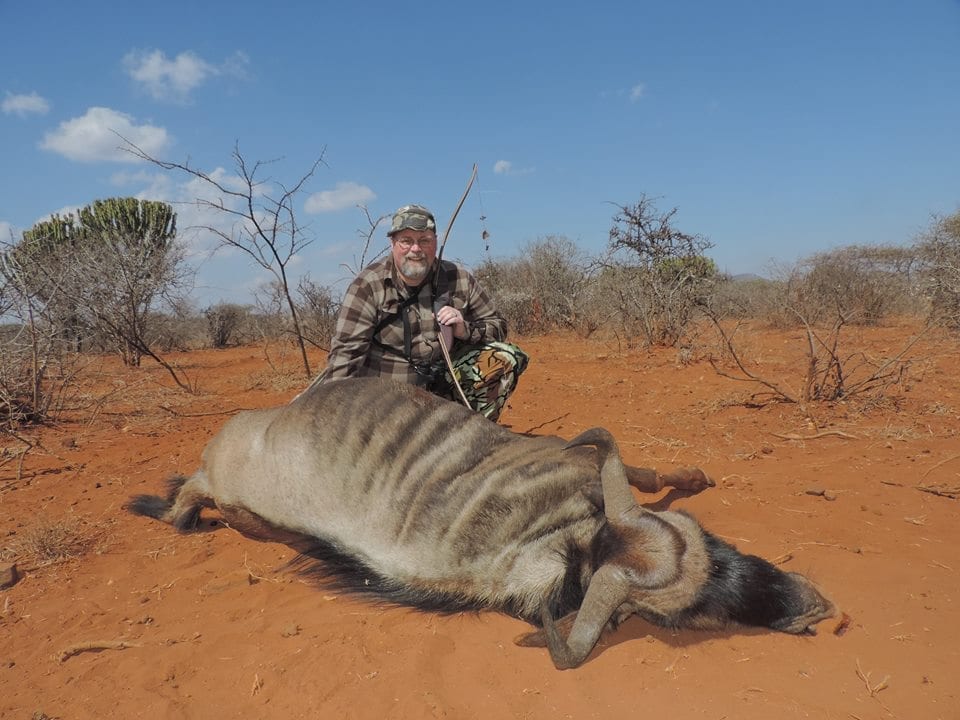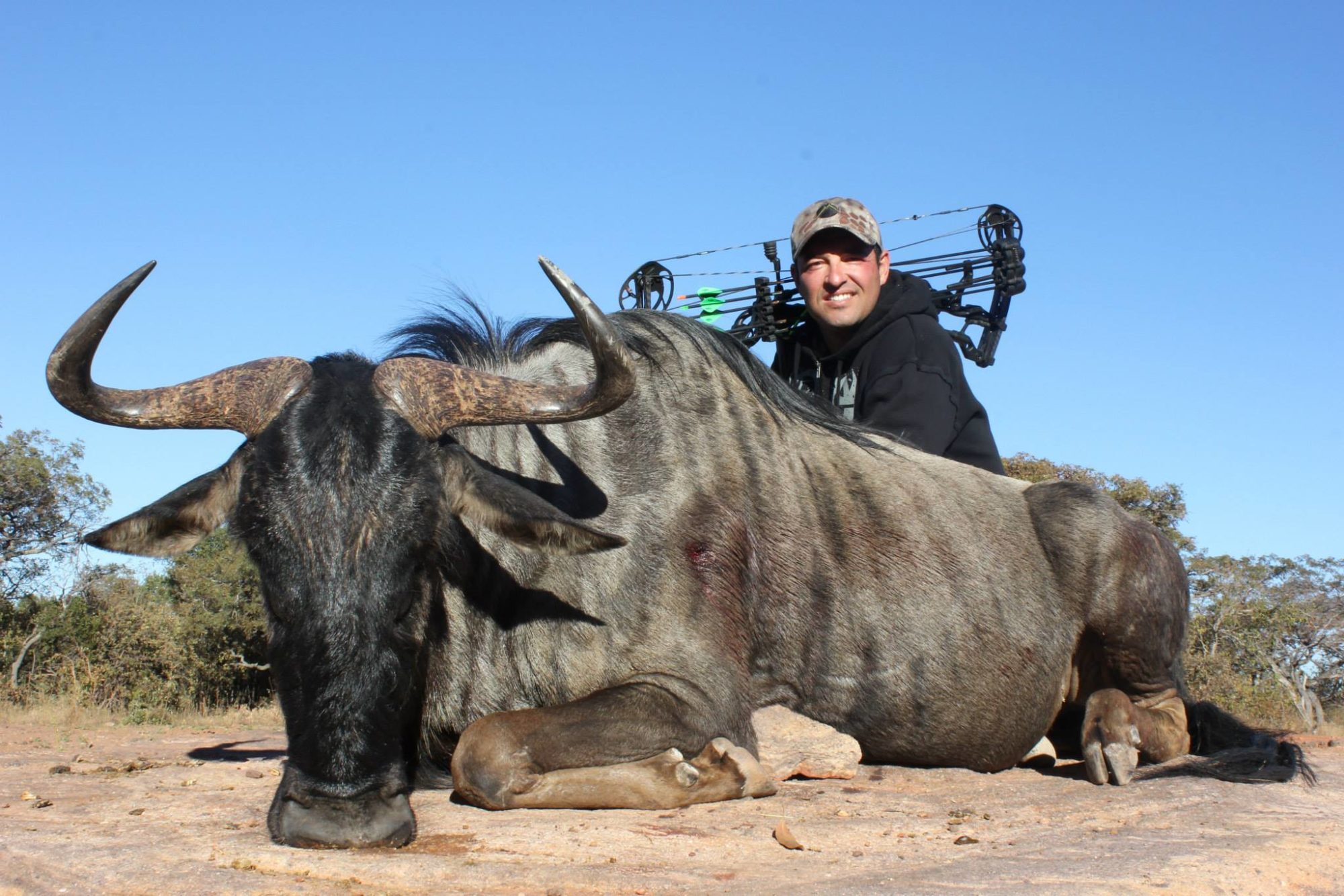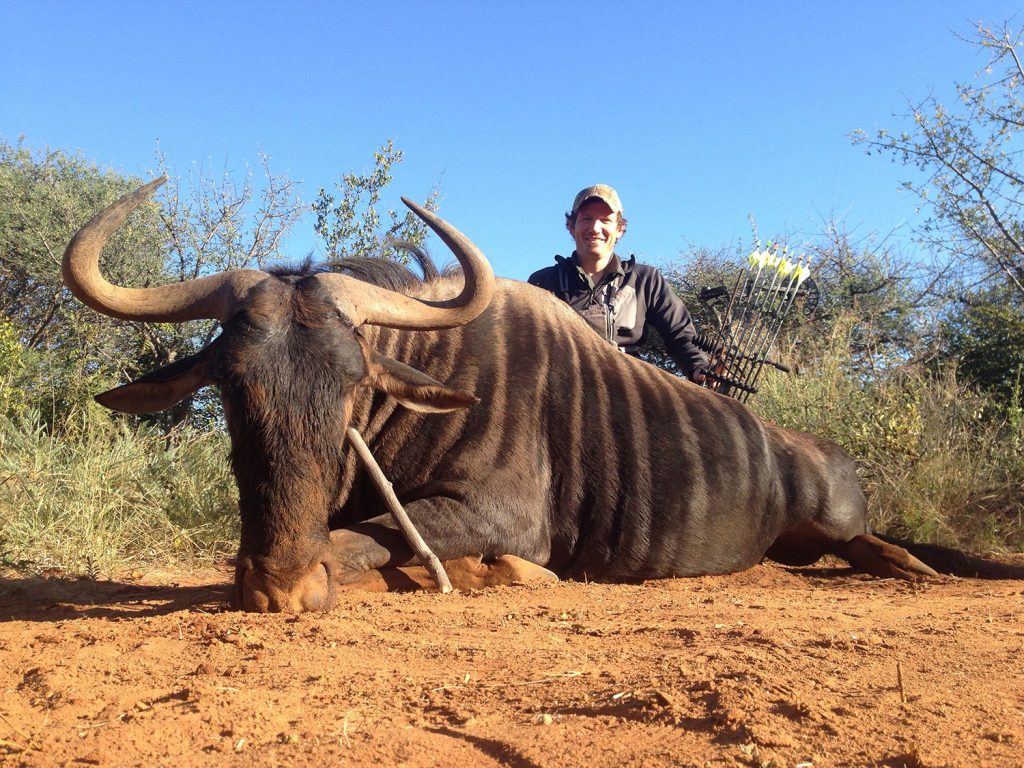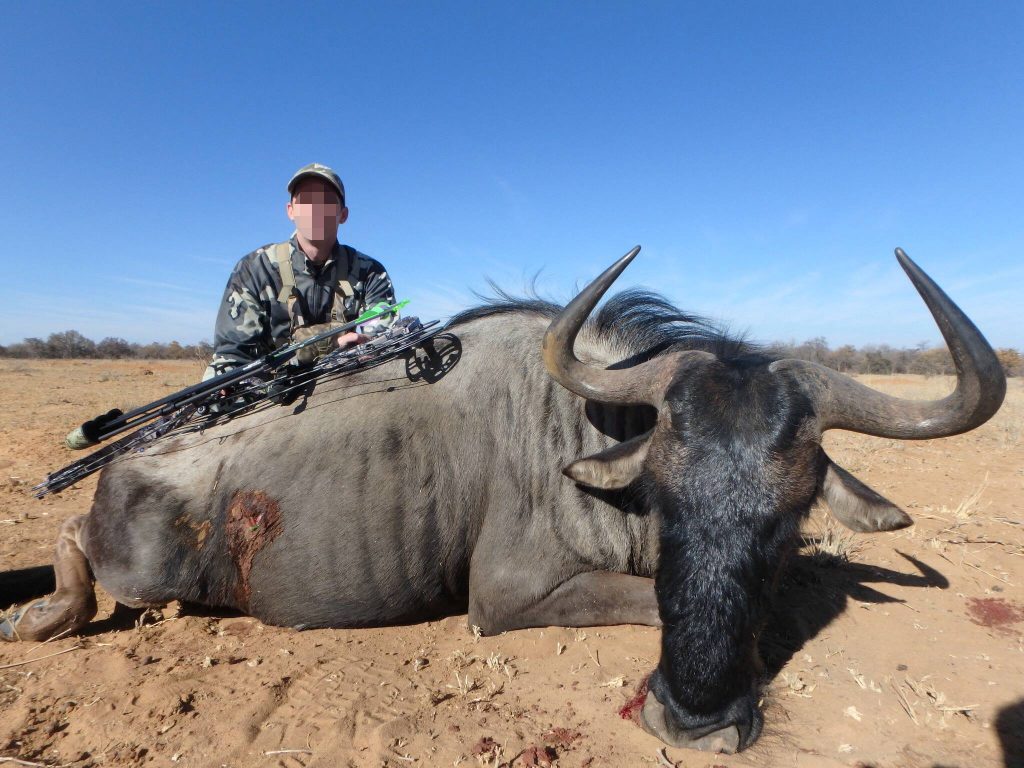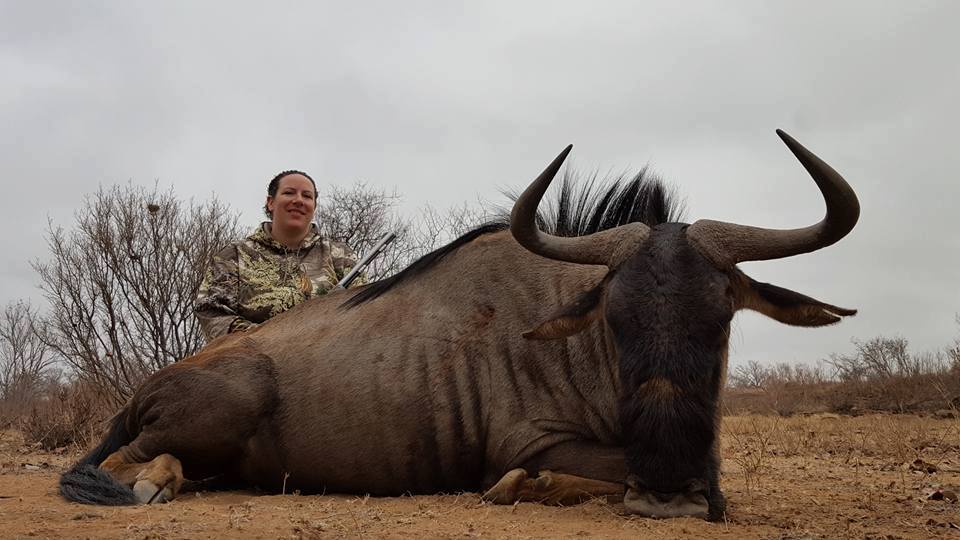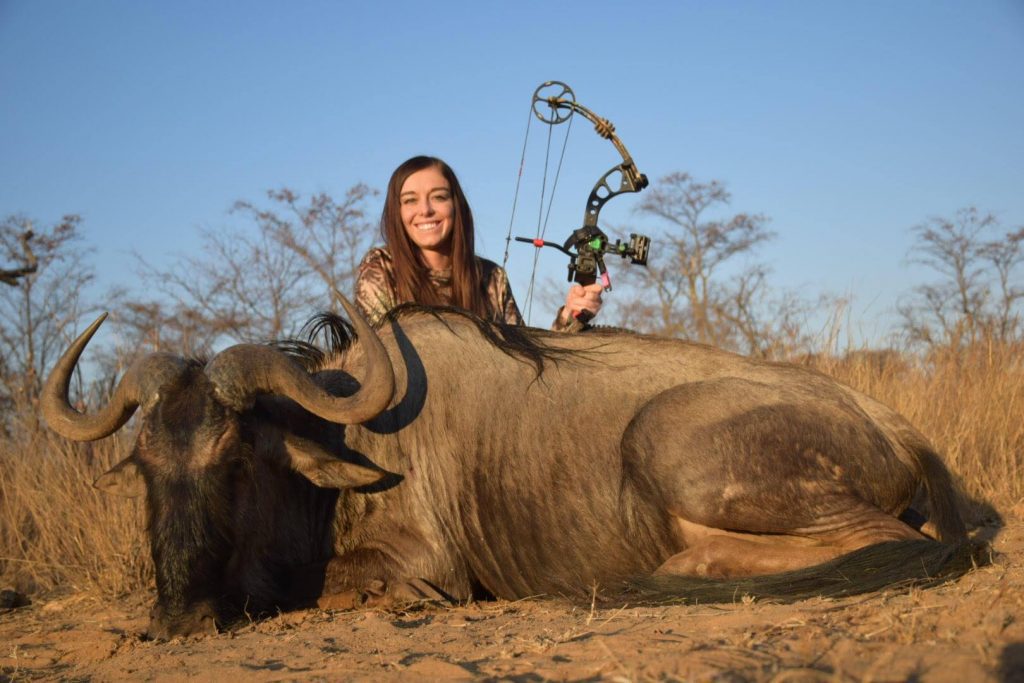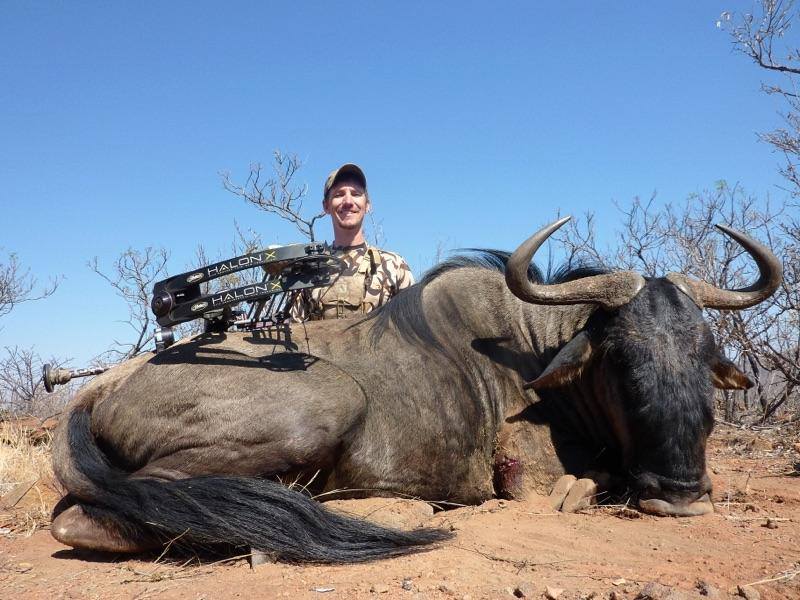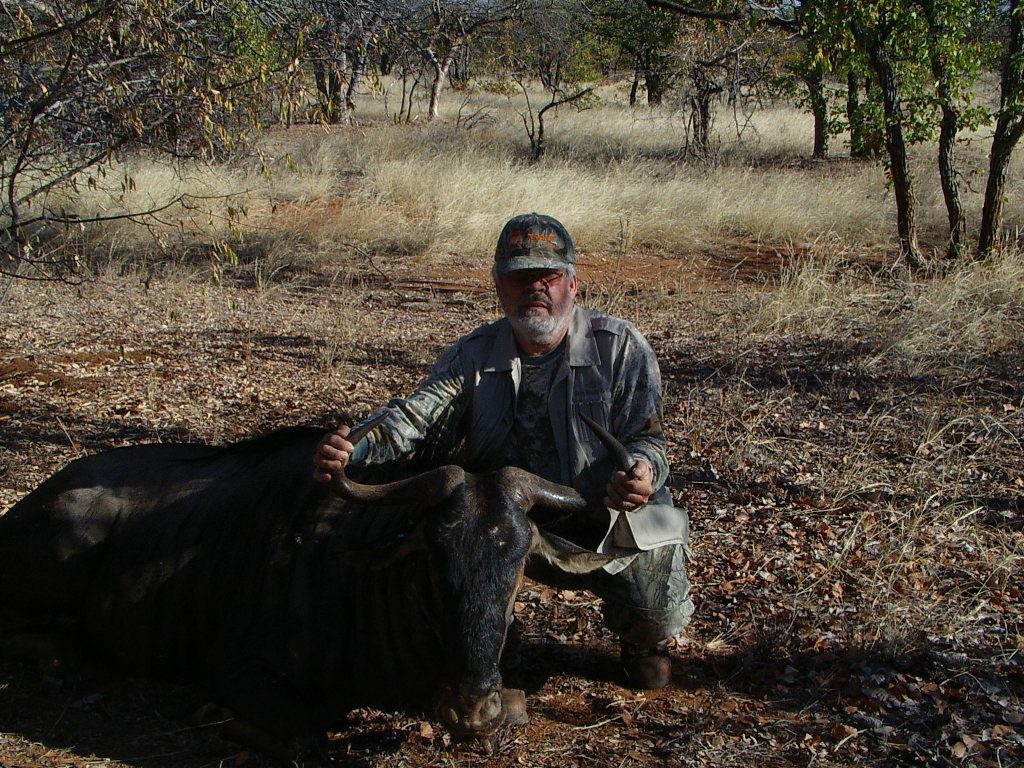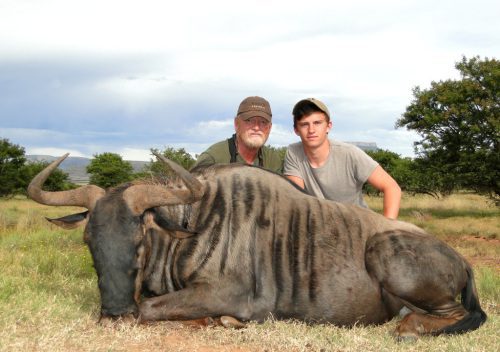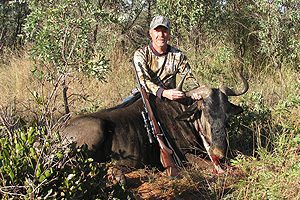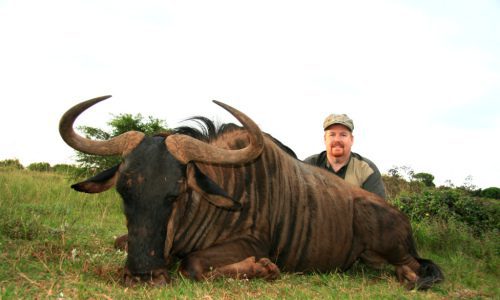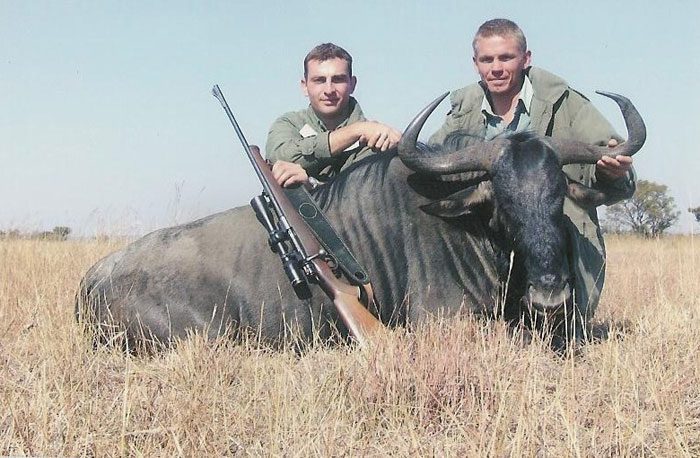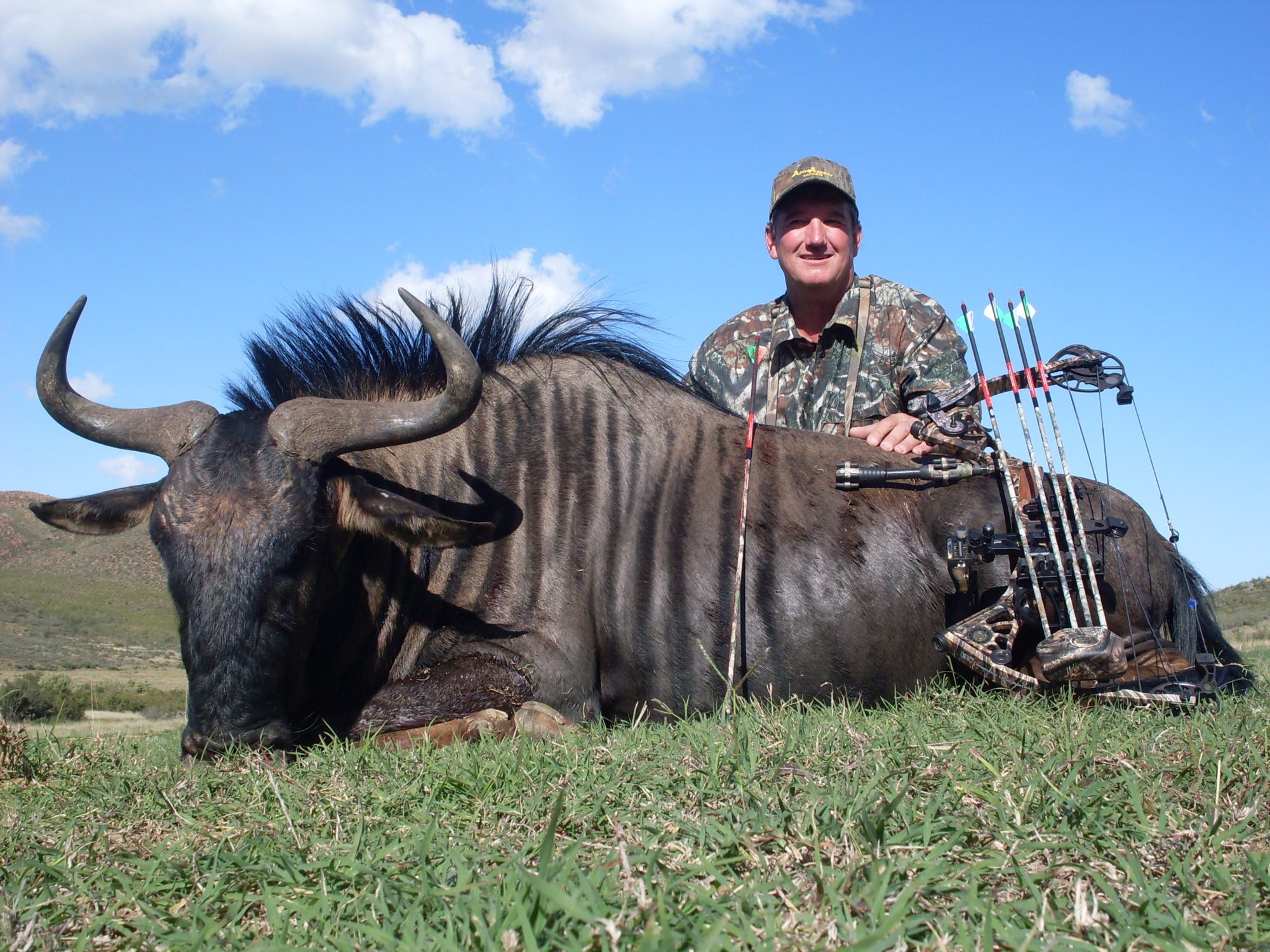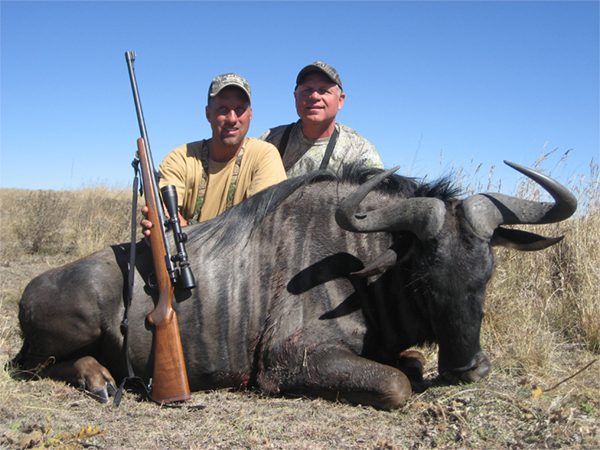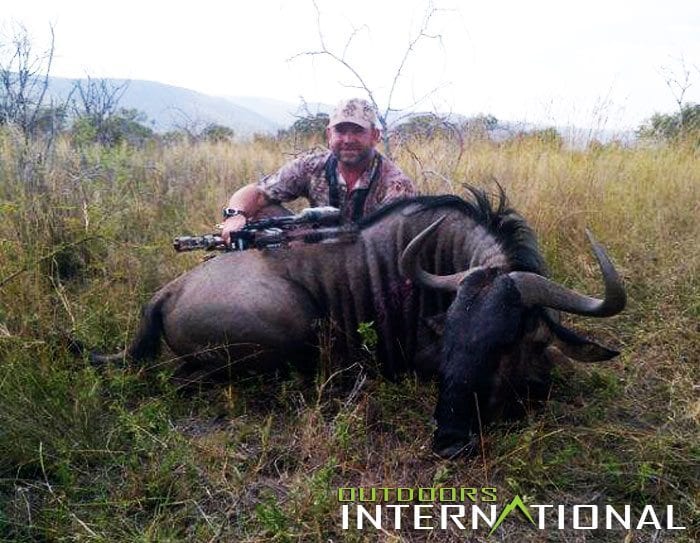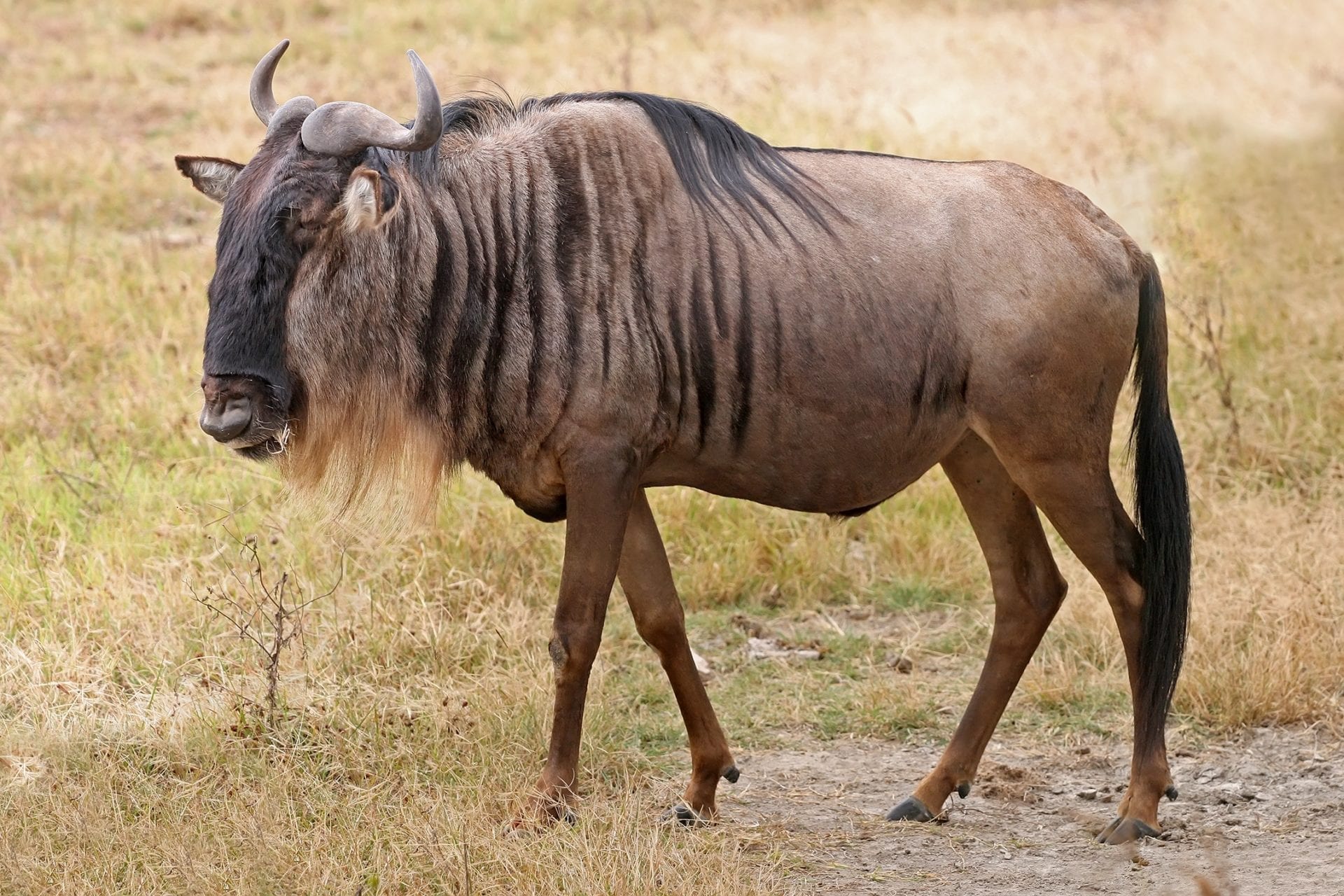
Blue Wildebeest Hunting
Hunting the blue wildebeest, also referred to as the brindled gnu, can be a lot of fun. This large, bearded antelope is native to the acacia savanna and short grass plains and has been dubbed as the "poor man's" buffalo. The blue wildebeest's population has dwindled in many of its former habitats, but on the Serengeti ecosystem, the numbers may exceed one million.
Game ranches in southern Africa maintain managed populations of this majestic creature, providing exceptional opportunities for hunting the blue wildebeest. Identifying the bulls from the cows can prove to be a challenge as both sexes possess horns and have similar body size and color. However, heavier muscled individuals with thicker horn bases and more droop are usually bulls. Darker in color and boasting wider stripes, mature bulls can weigh up to 600 pounds.
Blue Wildebeest Hunting Methods
Spotting a wildebeest on the open plains is an easy feat, but hunting this creature in the bushveld can prove to be a challenge. Within the bush, the wildebeest can be elusive and shy. An effective technique for hunting the blue wildebeest in these conditions involves walking slowly into a suspected resting area, either into or across the wind, while scanning the area ahead for any movement.
It should be noted that the blue wildebeest is a particularly resilient antelope, and it is highly recommended to use a caliber of no less than .270 and a reliable 150-grain bullet. When hunting in open country, flat shooting .300 magnums with 200 or 220-grain bullets are an excellent choice. For hunting blue wildebeest within bushveld conditions, even larger calibers and heavier bullets may be required.
Shot Placement for Blue Wildebeest
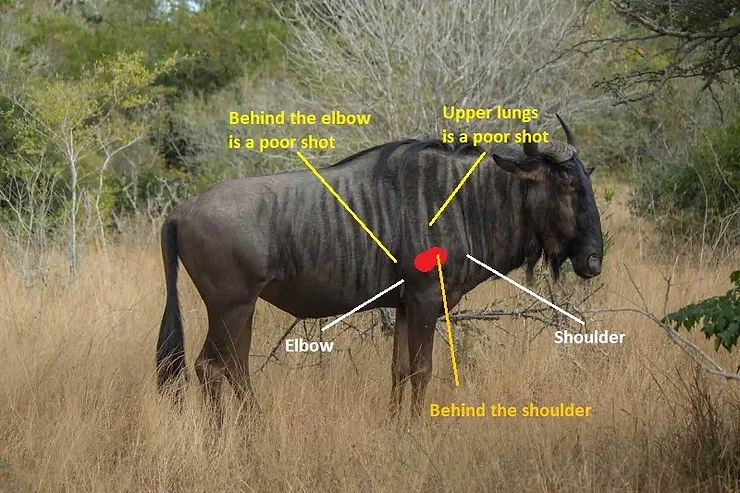
The prominent hump on the shoulder and mane of the blue wildebeest may lead to inaccurate body shots being taken too high. For optimal shot placement, it is suggested to position oneself for a side-on shot, draw up the back edge of the front leg, and place the shot approximately four inches (or the width of a hand) above the point of the elbow. This 'high heart' shot will penetrate the heart and lungs, causing the animal to stumble and likely fall within a distance of 50 yards.
In cases where the shot placement is not optimal, extreme caution should be taken when approaching a downed blue wildebeest, as they have been known to become exceedingly dangerous when wounded. When approaching from the 'off' side, care must be taken, as the wildebeest has been known to rise and charge.
Blue Wildebeest Hunting Gallery

Discover why thousands of people have trusted Outdoors International to help plan their hunt.
Outdoors International has a team of hand-selected hunting experts to help you book your next hunt. Our job it is to help you in researching, booking and planning a great hunting trip with one of our amazing outfitter partners around the world.
My hunt was absolutely top notch.
The outfitter is a fantastic man and incredibly hard working and knowledgeable, there is no doubt he will do everything within his power to make peoples hunts successful and enjoyable. I plan to do it again with him next year for sure.
Wade Zuver
Our hunt was excellent.
We saw bucks every day along with all other sorts of wildlife. Mountain goats, bears, and foxes were common sights. Fishing and crabbing was special bonus. The food was excellent, the crew was amazing. Outdoors International did a great job of finding exactly what we were looking for.
Jesse Neveau
What an amazing experience!
The hunting lodge was out of this world!, Rooms, food and the scenery were all A+. Our guide was exceptional and had us on Shiras moose all five days. We saw over 30 total with at least 10 bulls. They had a plan for everything including taxidermy and game processing.
Kayla Redmon


